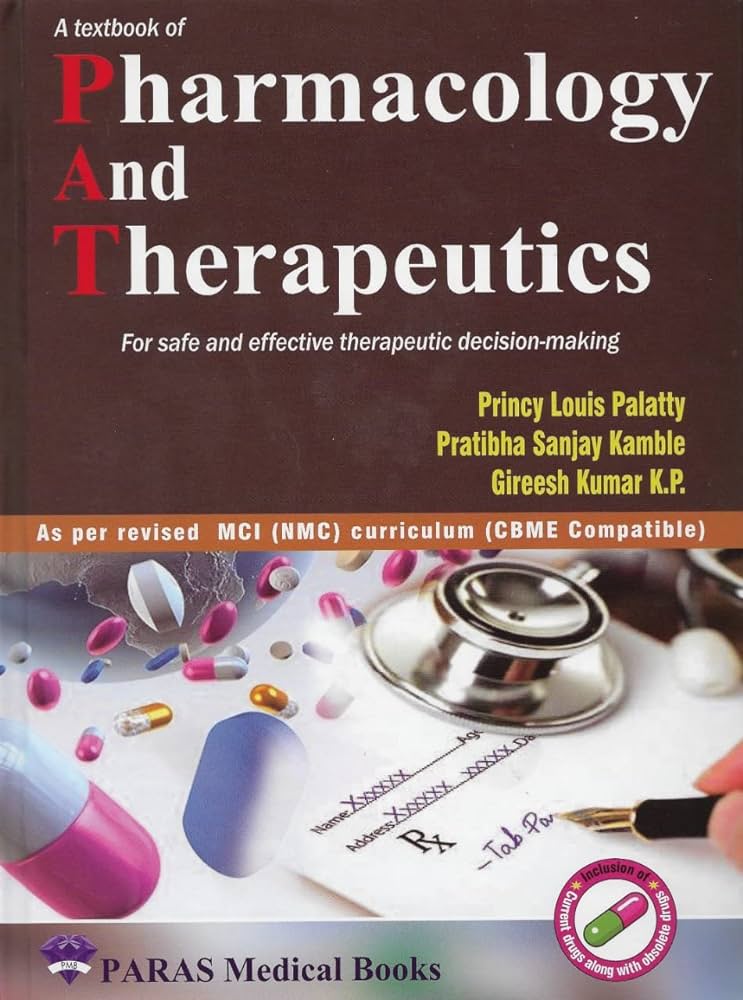Multitarget antibacterial drugs: An effective strategy to combat bacterial resistance
Abstract
The rise of antibiotic resistance and the decrease in the discovery of new antibiotics have caused a global health crisis. Of particular concern is the fact that despite efforts to develop new antibiotics, drug discovery is unable to keep up with the rapid development of resistance. This ongoing crisis highlights the fact that single-target drugs may not always exhibit satisfactory therapeutic effects and are prone to target mutations and resistance due to the complexity of bacterial mechanisms. Retrospective studies have shown that most successful antibiotics have multiple targets. Compared with single-target drugs, successfully designed multitarget drugs can simultaneously regulate multiple targets to reduce resistance caused by single-target mutations or expression changes. In addition to a lower risk of drug–drug interactions, multitarget drugs show superior pharmacokinetics and higher patient compliance compared with combination therapies. Therefore, to reduce resistance, many efforts have been made to discover and design multitarget drugs with different chemical structures and functions. Although there have been numerous studies on how to develop drugs and slow down the development of drug resistance, the reduction of bacterial resistance by multitarget antibacterial drugs has not received widespread attention and is rarely mentioned in the peer-reviewed literature. This review summarises the development of antibiotic resistance and the mechanisms proposed for its emergence, examines the potential of multitarget drugs as an effective strategy to slow the development of resistance, and discusses the rationale for multitarget drug therapy. We also describe multitarget antibacterial compounds with the potential to reduce drug resistance and the available strategies to develop multitarget drugs.

 求助内容:
求助内容: 应助结果提醒方式:
应助结果提醒方式:


